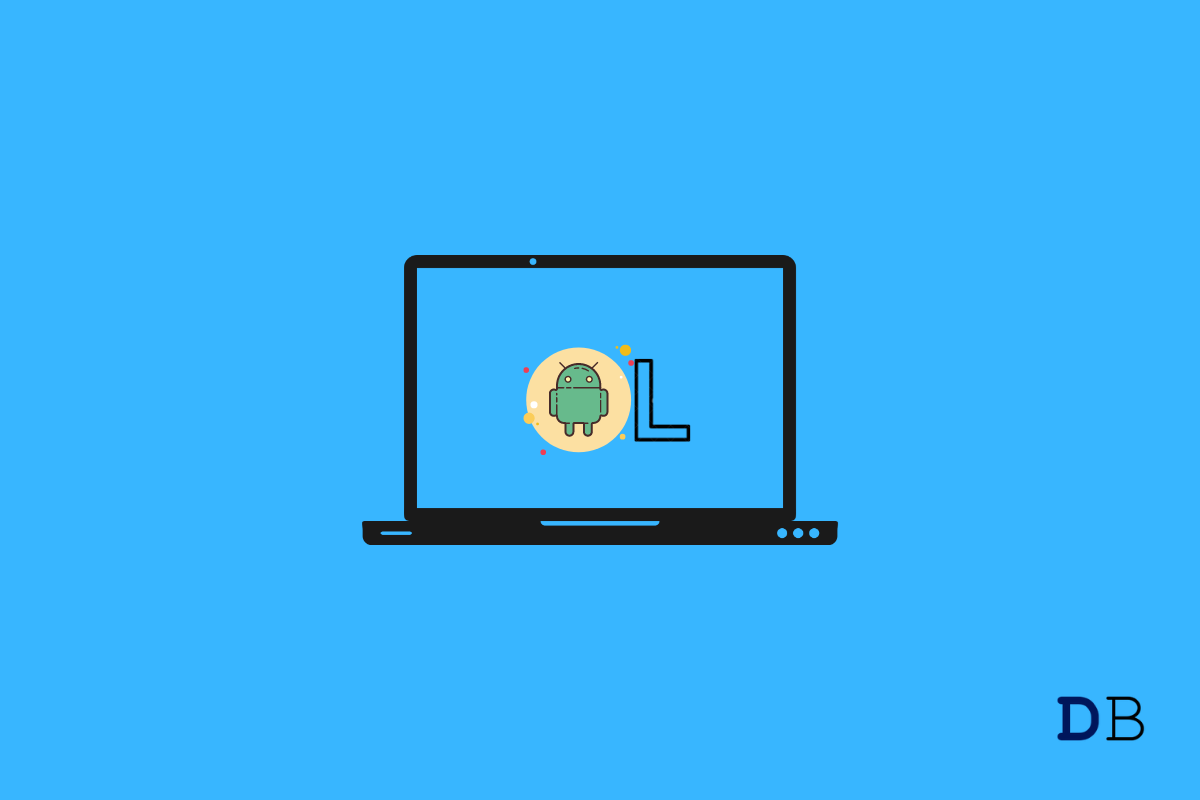

How to Install Android 12L on Windows 11
You can install Android 12L on Windows 11 machine and I have played around with the operating system for knowledge. I’m delighted to witness the beginning of the Android tablet humble beginnings. Yes, Google is taking Android tablets or larger screens seriously, and this is the beginning of the iPad lineup competition. I have covered everything you need to know about running 12L on Windows 11, and I will show you how to set up the emulator in the system.
I don’t want to catch you by surprise and inform you that this is an official Android simulator from Google. If you are aware of the Windows system requirements to run an emulator, then move on to the next part of the tutorial.
I’m not sure if the newer integrated AMD Vega series and Intel’s Iris Xe graphics can handle the two operating systems in the machine. The discrete GPU should have a minimum of 2GB VRAM.
Unfortunately, I can’t show you how to enable virtualization from the BIOS. Every motherboard has a unique BIOS interface and names the technology differently, so you have to figure it out yourself.
You can Google the query and find results to enable Hyper-V in your BIOS. You cannot skip the virtualization part because the Android simulator won’t work in the system.
Android Studio is the flagship program offered by Google, and you need the program to try the new 12L on the Windows PC. Let me show you the way and install Android Studio on the PC.
Note: I couldn’t find the shortcut to open Android Studio on the PC due to a mistake. Make sure to deselect “Do not create shortcuts” to avoid a similar fate.
The official Android emulator launches in the machine for the first time. Make sure to follow the next tutorial to avoid any problems while running the 12L version.
It’s time to show you how to set up the Android Studio. So you don’t miss out on important updates and customizations.
The simulator is ready to roll the 12L edition.
It’s time to set up the virtual device in the machine, and you have to follow my lead to replicate the settings to add a 12L tablet.
→ Select 1GB RAM.
→ Select 2GB storage.
The Android 12L emulator will run smoothly in the system, and you don’t have to sign in or signup for a Google account.
Do not miss this part, or else you will end up spending hours trying to find out how to launch the installed 12L emulator.
The entire process may seem lengthy, but it isn’t that complicated if you follow my lead. You may encounter complications, but it won’t happen as long as the system requirements are met.
By the way, the Android 12L was stuck on the black screen and didn’t open the next time. You can solve it by wiping the data in the emulator, and I have shown it above. Android 12L is fully functional, but it isn’t a replacement for a physical device, and you can’t use it to run apps. Let us know what do you think about the 12L edition in the comment section below.